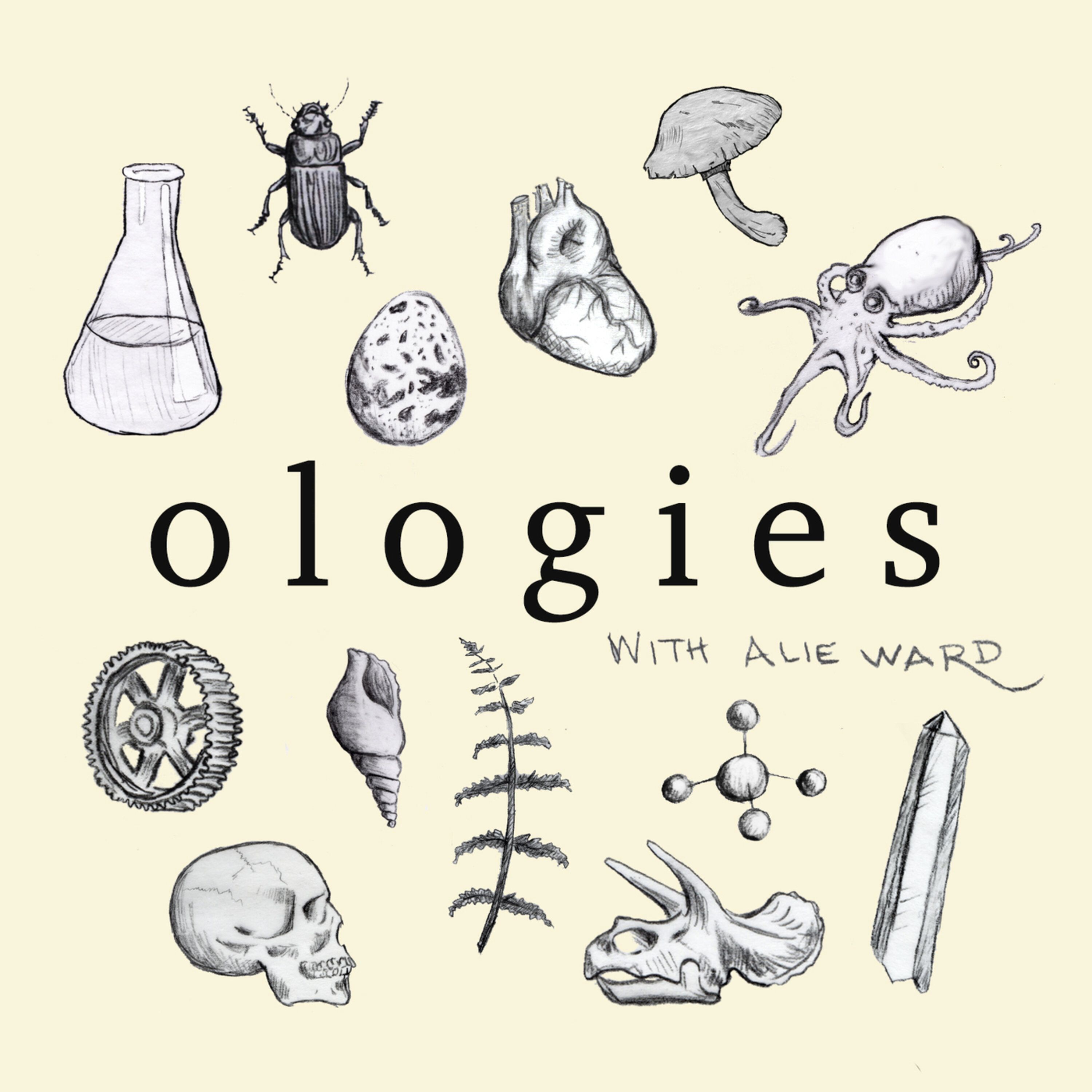
Confectionology (CANDY) with Susan Benjamin

Ologies with Alie Ward
Deep Dive
Why did candy evolve from a medicinal lozenge to a treat people eat for pleasure?
Candy's evolution from medicinal to pleasurable treat was driven by the Industrial Revolution, which allowed for mass production and marketing to working-class kids, making it accessible and a symbol of economic empowerment.
Why were working-class kids targeted as primary consumers of candy?
Working-class kids were targeted because they had small amounts of money to spend, and candy sales enabled them to participate in the economy, seeing themselves as principal actors rather than supporting roles.
Why did well-to-do people dislike working-class kids buying candy?
Well-to-do people viewed candy consumption by working-class kids as a threat to social order, blaming candy for crimes and social ills, reflecting classism and a fear of economic empowerment among the lower classes.
How did candy serve a medicinal purpose in the past?
Candy originally had medicinal value, using sugar as a medicine and disguise for bitter treatments. It was used for sore throats, digestive issues, and as a preservative.
What are the different stages of sugar cooking in candy making?
Candy making involves different sugar cooking stages: soft ball, firm ball, hard ball, soft crack, and hard crack, each resulting in different textures from fudge to hard candies.
Why were sour candies developed, and what benefits do they have?
Sour candies were developed for their ability to stimulate saliva, which helped soldiers during war and people with nausea. They soothe throats and clear ears.
How did Prohibition affect the candy industry?
Prohibition led to candy makers naming candies after popular illegal cocktails, creating a shadow rebellion against the ban. Candy cigarettes and other treats mimicked adult vices.
Why did candy become a symbol of affluence after World War II?
After WWII, candy symbolized affluence and peace, reflecting a return to normalcy and economic stability. It was a sign of love and reassurance that things were okay.
What is the origin of the term 'confectionology'?
Confectionology comes from the Latin 'to confect,' meaning to make by mixing, especially a medicinal preparation, reflecting candy's origins in medicine.
Why is licorice a polarizing candy?
Licorice is polarizing due to its strong, unique flavor that some love and others dislike. It has historical and medicinal uses but modern palates have less tolerance for its bitterness.
- Candy reveals cultural values and relationships to food, sex, and fun.
- The history of candy is intertwined with medicinal uses and cultural misconceptions.
Shownotes Transcript
Licorice opinions! War chocolate! Candy corn origins, circus peanut secrets, the sourest sourballs, and your great aunt’s purse. Stay until the very end for the biggest shocked laugh I have ever had on this show. The incredibly charming author, journalist, candy historian, and Confectiologist Susan Benjamin chats about everything from apothecary origin stories, ethnobotany, having horehound on hand, the warheads that could save you, vegan candy controversy, sugar sources from beets to corn, Turkish temptations, Roman flim-flam, marzipan mini-sculptures, sugar plum ballets, what she gives out for Halloween candy. and the best way to enjoy treats if you're trying to stay healthy. An absolute instant classic.
Visit Susan Benjamin’s historic candy company True Treats)
Buy Susan’s latest book, Fun Foods of America: Outrageous Delights, Celebrated Brands, and Iconic Recipes, on Amazon) or Bookshop.org)
A donation went to Animal Welfare Society of Jefferson County)
More episode sources and links)
Smologies (short, classroom-safe) episodes)
Other episodes you may enjoy: Gustology (TASTE)), Molecular Neurobiology (BRAIN CHEMICALS)), Carobology (NOT-CHOCOLATE TREES)), Glycobiology (CARBS)), Diabetology (BLOOD SUGAR)), Melittology (BEES)), Native Melittology (INDIGENOUS BEES)), Columbidology (PIGEONS? YES)), Felinology (CATS)), Attention-Deficit Neuropsychology (ADHD)), FIELD TRIP: My Butt, a Colonoscopy Ride Along & How-To), Nephology (CLOUDS))
Transcripts and bleeped episodes)
Become a patron of Ologies) for as little as a buck a month
OlogiesMerch.com) has hats, shirts, hoodies, totes!
Follow @Ologies on Instagram) and X)
Follow @AlieWard on Instagram) and X)
Editing by Mercedes Maitland of Maitland Audio Productions) and Jacob Chaffee
Managing Director: Susan Hale
Scheduling Producer: Noel Dilworth
Transcripts by Aveline Malek
Website by Kelly R. Dwyer)
Theme song by Nick Thorburn